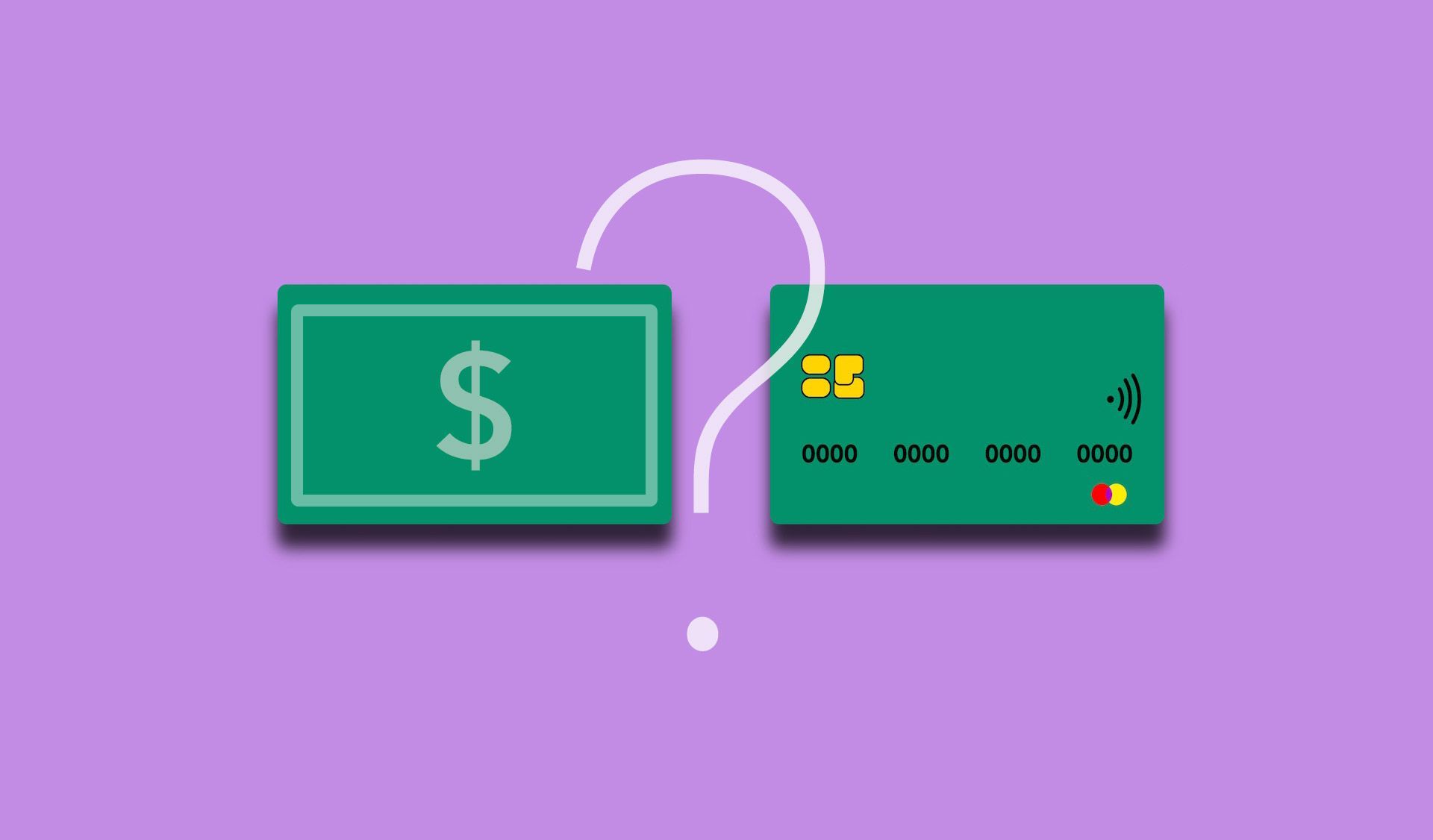How to Manage Credit Card Reward Programs for Your Restaurant
Understanding how to manage rewards programs is one of the best ways to reduce costs and increase profits for the cash-strapped restaurant.
Learn the value of cash payments and credit card convenience fee dual pricing options.
Your restaurant and income depend on customer retention. Finding a way to retain your customers and increase your revenue can make a measurable difference.
You should increase your income and reduce your card processing fees to improve profits. Doing so creates a ripple effect, benefiting you and your customers.
Understanding how to manage rewards programs is one of the best ways to achieve these results. When considering your options, you may have difficulty figuring out whether to offer cash-only or a credit card convenience program — or both — a program we’ll refer to as dual pricing.
Like many restaurant owners, you might prefer to offer something other than
dual pricing, a program that provides customers with a cash payment option and a slightly higher price that covers the convenience of credit card processing fees. Providing these options may feel like you’re offering your customers a discount; if you don’t understand it, it feels like you’re simply giving money away. You’re subsidizing the credit card company when you pay for credit card reward programs from your profits!
Where’s Your Reward for Offering Credit Card Convenience?
The cost of goods (COG), credit card processing, and reward fees equal your total cost of goods or services (TCOG). When your customers purchase a product with a credit card, you’re the one that ends up paying for their convenience and the rewards.
However, since dual pricing is one of the best options for increasing your revenue and profit, it is essential to understand and stick with it. By understanding cash payment and convenience options, dual pricing can reduce your processing costs while best serving your customers.
How to Think About a Dual Pricing Program
Option 1: Cash Price
A restaurant dual pricing program typically offers customers a 3%-4% discount for using cash instead of a card. At least that’s how it appears — but the credit card percentage is added to the cost of goods, not subtracted from it. The cash price should be the price you want to charge without discounts.
Owners often tell their restaurant customers about the benefits of cash payments with special promotions. For example, “Use cash at [your restaurant name] and save 3% off your meal!”
Everyone loves to see that there’s a simple way to pay less for their food, so by promoting your participation in a payment rewards and dual pricing program, you can increase revenue and profit over time.
Customers prefer to pay with credit cards for convenience, perks, and protection. When the cash payment and convenience fee options are in place, you shouldn’t experience a decrease in profit. Over time, you’ll see your profit increase. Plus, you’ll experience reduced processing fees as fewer customers use credit cards.
Payment rewards coupled with dual pricing mutually benefit you and your customers, as they receive a perceived discount when they pay with cash, and you gain more revenue while paying less for card charges.
Option 2: Who Pays the Credit Card Convenience Fee?
In a dual pricing program, the credit card surcharge you pay gets added to credit card transactions as a convenience fee instead of the cash price. By including this fee as an option for the convenience of using a credit card, your customers offset the charges included when you process a credit card payment.
At first glance, many restaurant owners and managers may balk at the idea of a credit card convenience program. They imagine their customers will question the convenience fee and feel they could lose business instead of retaining customers.
However, restaurants that use the convenience fee option overwhelmingly boast positive results. The program dramatically reduces processing fees and makes payment convenient for customers.
Dual Pricing functions the same as Cash Discount. The difference is that in Dual Pricing, the customer sees both the credit and cash price on the payment device and choose their preferred payment option.
Are Credit Card Convenience Fees Right for Your Restaurant?
There are benefits and drawbacks to dual pricing cash payment and convenience fee programs. The best choice for your business depends on your target market, ordering process, and many other factors.
Groups welcome the invitation to split checks and individual items on their order, as Total Touch POS can do. For example, dual pricing is appealing for a quick-service restaurant where patrons are eager to grab their food and go. However, if you run a gastropub or another place where patrons tend to eat and drink for hours, incentivizing cash could prevent customers from ordering another round.
Similarly, credit card processing convenience fees may be less noticeable for sit-down restaurants where patrons pay the bill at the end of the meal. But if you run a café or deli where people order upfront, an extra fee could be a deterrent.
People who feel they’re getting value for their money don’t mind convenience fees. Dual pricing options may be just the incentive they need to splurge on a dessert or extra appetizer! It ultimately depends on how well you integrate your cash payment and convenience fee options with the overall customer experience.
Many restaurant owners choose both. Indeed, businesses that use both cash pricing and credit card convenience fee programs may reach their goals for reduced processing fees and higher income.
Cash or Credit: It’s All About Customer Convenience
Finding the right way to serve your customers, ensure their satisfaction, and grow your income without the burden of steep processing fees is essential. Many options are available thanks to reward programs; you may feel uneasy about offering them. You imagine they will backfire, fearing that dual pricing will make your bottom line suffer and surcharge programs will cause you to lose customers.
However, cash payments and convenience fee options are a great way to achieve your revenue goals. Dual pricing programs can increase business and customer loyalty, while convenience fee programs eliminate your processing fees. In sum, these programs are a win-win for your restaurant and customers.
When you’re ready to learn more about
reward programs for your restaurant, call the restaurant POS experts at
Total Touch. With the reliable and robust
Total Touch hybrid point-of-sale system for restaurants, you can offer rewards programs to your customers that lower your POS costs. The Total Touch team will walk you through your rewards options to help you create the most effective program for your restaurant.





